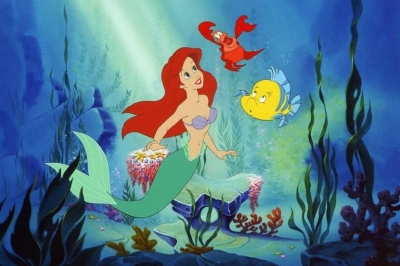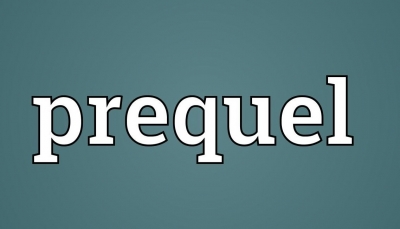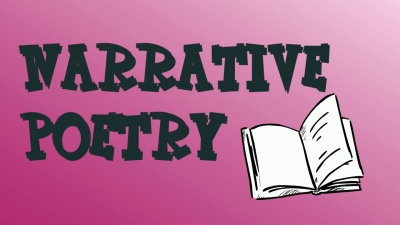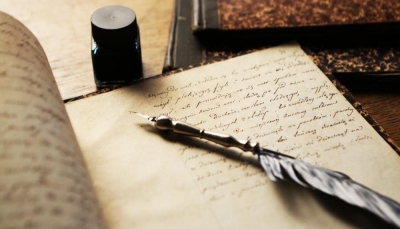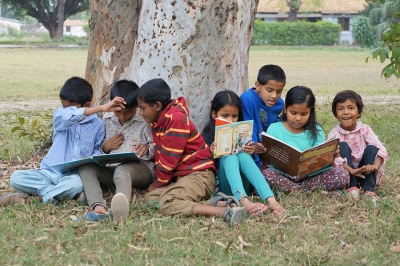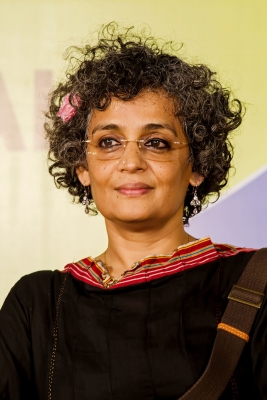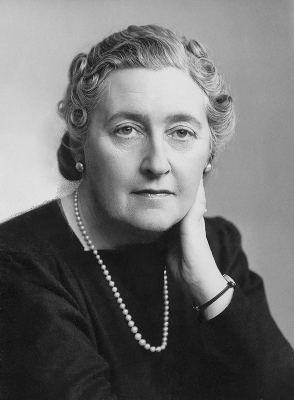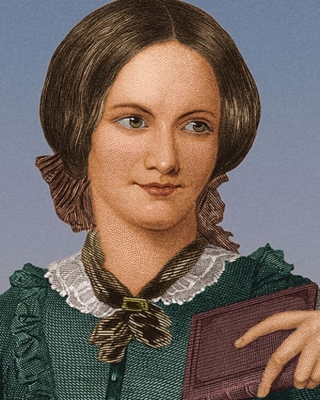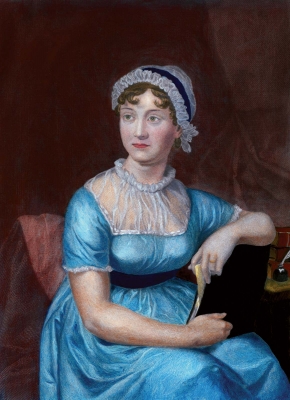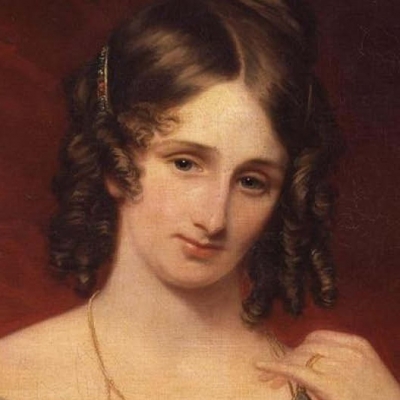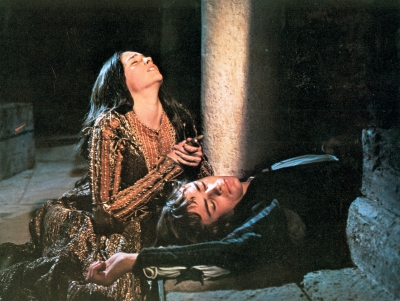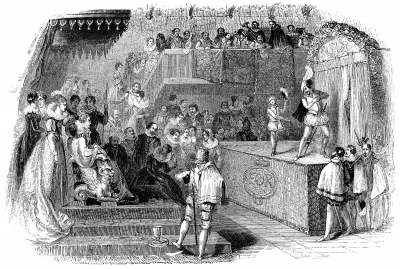Which are the children’s favourite sequels of a book than the original?
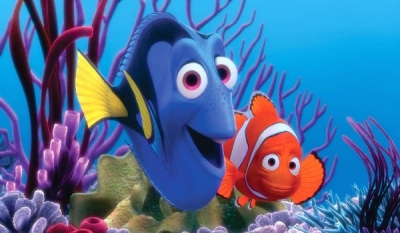
"House of Hades"
"The Heroes of Olympus" is the succeeding series after the "Percy Jackson" series. In this series, I liked the fourth installation, "House of Hades" better than its predecessor "The Lost Hero". While the "The Lost Hero" followed an adventurous style, with the three protagonists travelling for a quest, I felt the story dragged and the ending was delayed. On the other hand, the "House of Hades" showed the popular duo Annabeth and Percy, struggling to advance in the horrifying underworld, while the other four quest-takers travel to the House of Hades, where they can rescue them. The book presents the events through, different point of views (POVS). Like any other Rick Riordan book, this volume too included side quests but did not feel too boring. This is one sequel I like more than the original.
"Finding Dory"
The movie which I think is better than the original is "Finding Dory". Dory, a blue tang, is the protagonist. Accompanied by an octopus, she overcomes her short-term memory loss, finds her parents and escapes to the ocean in Australia. In the first movie, "Finding Nemo", she was just a side character, who had memory loss, and prolonged their searching of Nemo. But in this movie, Dory embarks on many adventures. She also inspires us by overcoming her difficulties and succeeding. This movie also has better graphics, which enhance the movie, making it a hit. Also, the final scene is breathtaking with the truck crashing and jumping. This movie also tells us that a fish is happy only when it is in an ocean, as there would be little space for a fish to swim in a tank.
"Captain America: Civil War”
According to me, "Captain America: Civil War' is better than the original film ("Captain America: The First Avenger). This film shows the different powers of most of the main avengers. Fans often wonder who is the most powerful Avenger. In this movie the Avengers are divided into two groups based on whom they believe.
"Home Alone 2"
I feel "Home Alone 2" was better than the original one. When Kevin arrives in New York, he explores every major New York landmark. The Duncan's Toy Chest shop in the film looked like one of the most magical places in the world, packed with toys of every shape and size imaginable, and owned by seemingly the kindest man alive.
In this film, Kevin finds himself away from his comfortable home, stranded in the cold, and unknown streets of downtown New York. There's an elevated feeling of danger and intensity, especially when Kevin doesn't have access to his hotel room.
The motives of the villains who call themselves Sticky Bandits are much clearer in this film than in the first one. Not only is the prize at Duncan's Toy Chest much bigger, but it also makes sense that they would want to exact revenge on the kid that caused them so much trouble last time round.
It seemed fairly ridiculous that the McCallisters couldn't call upon at least one person to check on Kevin in the first movie. Similarly, the police could have done a bit more to ensure that an eight-year-old boy left home alone was safe and sound.
But Kevin's free rein in the second film can be explained by the fact that his family doesn't initially know where he is and that New York is one of the busiest cities in the world.
So, I enjoyed the sequel of "Home Alone" more than the original Home Alone.
"Captain America and the Winter Soldier"
In my opinion, "Captain America and the Winter Soldier was better than the previous movie "Captain America the First Avenger. In both the films, the antagonist is Hydra, a technological advanced organisation created by the Nazis to produce powerful weapons. In the second film, the fight scenes and the techniques are quite simple to understand and the weapons are highly effective and
Although plot is a bit tougher to understand and there are too many action scenes in the second film it is still more interesting than the first. Everything bad that happens in the movie is because Hydra was reborn inside SHIELD (an organisation that protects the world and prevents wars).
"Captain America the First Avenger did not have many plot twists and layers. That is why I think its sequel was better.
"Home Alone"
I felt that the film "Home Alone 3" was better than "Home Alone". Both the films had a similar theme where the villains had a horrendous defeat at the hands of the kids. Technology used was better in the sequel than the original film. A lot of humorous scenes made the sequel funny. Characters and the plot in the original movie could have been much better. I felt it was unrealistic for parents to leave their child behind in the house before going for a vacation. While in the sequel, parents having a busy day and leaving their child at home for a period of time is pretty understandable. The original movie felt a bit dragged as child and the thieves kept pranking each other. In the sequel, the movie ended at the right time. I suggest you to watch the sequel. I give it a five-star rating.
"Angry Birds"
"Angry Birds" was a really popular game developed by Rovio. Then in 2016, the "Angry Birds Movie" was released. It is about flightless birds who are happy with life. However, Red, can't seem to get over some daily annoyances. Alongside his friends, Chuck and Bomb, he needs to stop the pigs from eating their eggs. This movie was great. However, the sequel was so much better. "The Angry Birds Movie 2" adds a third island to the storyline and a backstory to Mighty Eagle. The pigs and the birds join forces to stop the eagles from destroying their islands. With many new characters added in to some absolutely hilarious scenes to Red understanding the value of a team, it is much better than the first. Greatest movie one could watch!
"Through the Looking Glass"
The sequel which I find more interesting than the original work is "Through the Looking Glass" (sequel of the famous "Alice's Adventures in Wonderland"), by Lewis Caroll. The book "Through the Looking Glass", in my opinion, is the 'true' treasure of nonsense literature. Caroll beautifully unfolds the story step by step, while he highlights that Alice was in a daydream, rather than a dream which occurs in sleep (as it happens in "Alice in Wonderland"). Unlike the original story, the sequel has less changes happening with Alice herself, but more drastic changes in her surroundings and in her experiences. I love the way how Caroll portrays the other world as something opposite to the normal world, where events and memories run backwards (this explains the fact that she is in a mirror world). The poems are also really great and humorous. In the story, Alice plays the role of a white pawn, moving across the chess board, meeting new and eccentric characters on the way. The conversations are more intricate and more complicated than in "Alice's Adventures in Wonderland”, and if you don't read them carefully, taking in every detail, the confusing dialogues can drive you nuts, and you'd probably decide against reading the book! In "Alice's Adventures in Wonderland", the story follows the same plot throughout, and eventually becomes a bit boring. But in "Through the Looking Glass", there is something new every time you read it. The White Knight, the Lion and the unicorn, and all the other characters add colour and beauty to the wonderful story.
"The Dark Knight"
A film sequel which I liked better than the original is "The Dark Knight". It is a 2008 film which serves as a sequel to 2005 "Batman Begins". The film stars Christian Bale as the Caped Crusader, Heath Ledger as the Clown Prince of Crime(Joker). Other actors include Michael Caine, Maggie Gyllenhaal, Aaron Eckhart and Gary Oldman. Although "Batman Begins" was very good, it had a weak villain who when compared to Ledger's Joker looks like a common gangster. The Joker completely stole the show at "The Dark Knight and registered a place in our hearts in a movie that was not his One more thing which I liked is that it broke the tradition of hero always winning, even though the Joker was caught, he vanquished The Batman for eight years with his brilliant plans. Ledger became the first actor in a superhero movie to win an Oscar when he got one posthumously for Best Supporting Actor. Although "Batman Begins" was great, "The Dark Knight" will be remembered by me only because of Heath Ledgers legendary portrayal of Joker.
Books vs films
I like the "Alice in Wonderland" books by Lewis Carroll more than the films. I think the books help us develop our curiosity. It also encourages a reading habit. Unlike watching television, reading doesn't harm our eyes. When I read a story, it stays on my mind for a long time. Reading the books also help us is learn new words and improves our vocabulary, which is useful to us. That's why I find the books are more interesting and beneficial to students than films.
Picture Credit : Google
